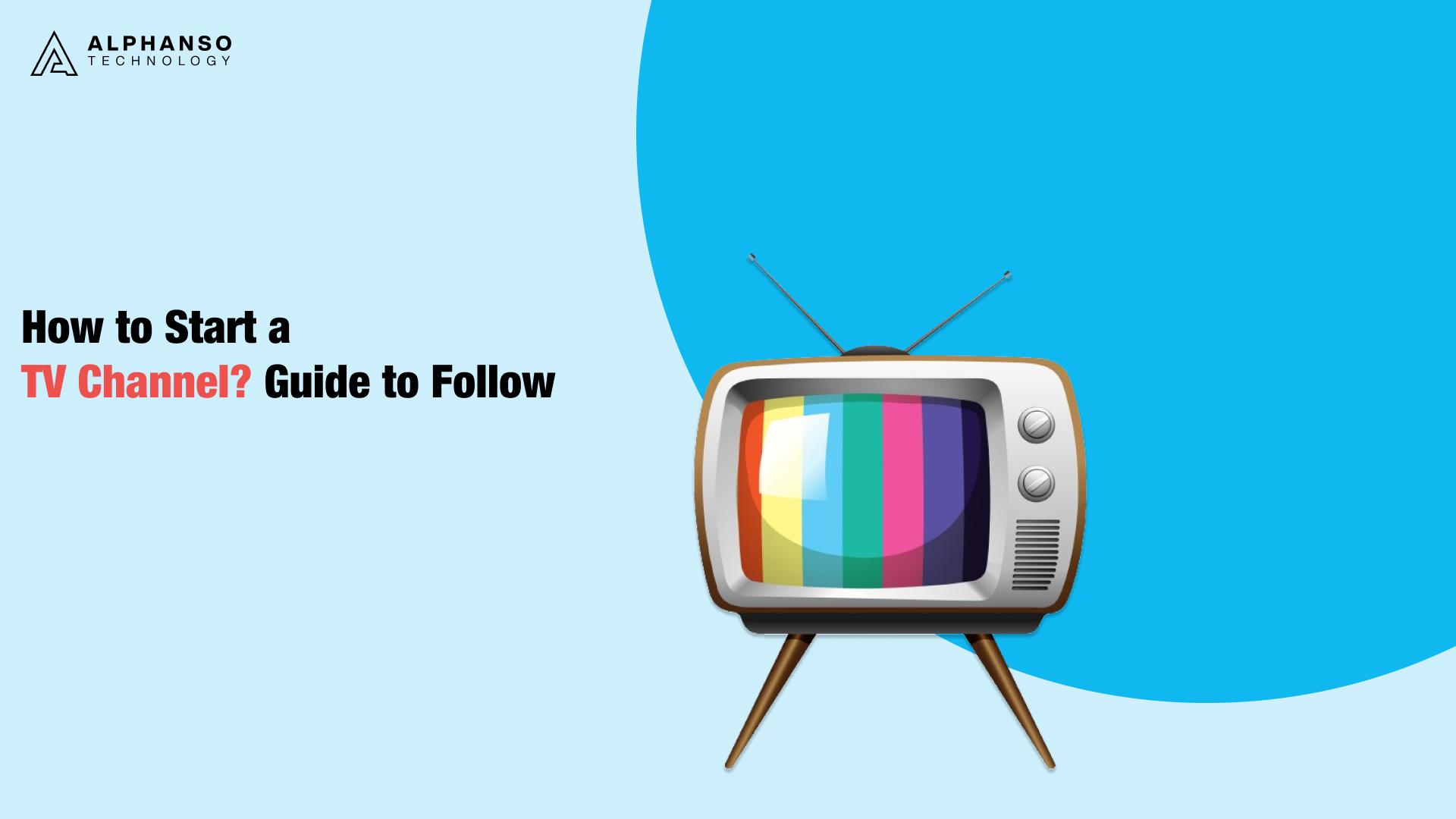Apollo Group Tv - An Overview
Apollo Group Tv - An Overview
Blog Article
The Ultimate Guide To Apollo Group Tv
Table of Contents10 Easy Facts About Apollo Group Tv ShownApollo Group Tv - QuestionsSome Of Apollo Group TvFascination About Apollo Group Tv
In this situation, instead of having three-minute commercial areas throughout a 30-minute tv program, TV programs might transform to one where a consumer will certainly be required to have a month-to-month membership, to ensure that they cen view targeted banner ads. This kind of marketing currently takes place on the web, and the amount of data television firms collect enables them to do a lot the exact same.Describe the significant patterns amongst the broadcasting and cable television networks. Popular radio shows such as cops drama Dragnet and western cowboy series Gunsmoke were adapted for tv, and new TV programs were sponsored by single marketers, just as radio shows had actually been.
Today, the television sector is even more intricate. Programs are sponsored by numerous marketers; programming is controlled by major media corporations; and the three significant networks no more dominate the airwaves but rather share their viewers with numerous wire networks. A number of aspects represent these patterns within the sector, including technological advancements, federal government policies, and the production of brand-new networks.

How Apollo Group Tv can Save You Time, Stress, and Money.
Even public television has come to be based on the influence of advertising and marketing. Developed in 1969, (PBS) created out of a record by the Carnegie Compensation on Educational Television, which analyzed the function of instructional, noncommercial tv on culture. The record recommended that the government money public tv in order to give diversity of shows throughout the network eraa solution developed "not to market items" however to "boost citizenship and civil service (McCauley, 2003)." Public television was likewise planned to supply universal access to tv for audiences in rural areas or audiences who could not afford to spend for exclusive tv solutions.
The period between 1950 and 1970 is historically identified as the. Other than a little part of airtime controlled by public television, the three major networks (called the Big Three) controlled the tv sector, jointly representing more than 95 percent of prime-time viewing. In 1986, Rupert Murdoch, the head of multinational firm Information Corp, launched the Fox network, challenging the supremacy of the Big 3.
Targeting young and minority target markets with programs such as Buffy the Vampire Killer, Moesha, Dawson's Creek, and The Wayans Bros., the brand-new networks wished to draw stations away from their old network affiliations. However, as opposed to duplicating the success of Fox, UPN and WB battled to make an influence. Not able to attract numerous affiliate stations, both fledgling networks got to less homes than their bigger competitors since they were impossible in some smaller cities.
This decision paved the means for the growth of cord flick networks, adding to the exponential growth of wire in the 1980s and 1990s. apollo group tv app. Further deregulation of cable in the 1984 Wire Communications Policy Act removed restrictions on wire prices, enabling drivers to bill what they wanted for cable solutions as long as there was effective competition to the solution (a requirement that over 90 percent of all cable markets can fulfill)
The Definitive Guide for Apollo Group Tv

Having actually produced the first "superstation," Turner increased his world by starting 24-hour information network CNN in 1980. At the end of the year, 28 nationwide shows services were readily available, and the cord change had begun. Over the following years, the sector underwent a duration of quick development and appeal, and by 1994 viewers could pick from 94 basic and 20 costs cable solutions.
Number 9 - https://canvas.instructure.com/eportfolios/3233536/Home/Apollo_TV_Group_Your_Ultimate_Streaming_Destination.16 Increased competition from wire channels has triggered a steady decline in the networks' audience scores. Throughout the 1950s, the cost of producing a single tv program boosted as shows became longer and manufacturing prices skyrocketed. Sponsorship on network tv shifted from single sponsorship, in which a program was completely supported and created by one advertiser, to several sponsorship, in which marketers got 1- or 2-minute places on the program
Each reaction must be a minimum of one paragraph. Select among the Big Four networks and print out its regular programs routine. See the network's prime-time programs over the course of a week, noting the target market for every show. Observe the advertising enrollers that sustain each show and compare exactly how the items and solutions fit with the desired target market.
The Facts About Apollo Group Tv Uncovered

Linear TV, frequently described as conventional program TV, encompasses cable and satellite tv. It's called "linear" since material complies with a fixed shows timetable, unlike on-demand material which the individual visitor determines to watch based upon their very own choices and routine. So, when you ask, "What is direct TV?", think about it as the traditional method of seeing television that has been around for decades.
Report this page